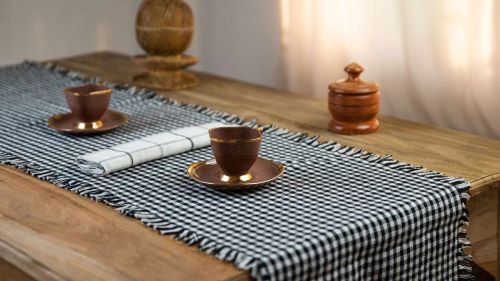
Top 5 Textile Home Decor Trends

Home decor trends in textiles are influenced by multiple factors. While comfort and functionality remain key considerations, recent global events, such as the pandemic, have shifted priorities towards well-being and escapism in design. Anuprerna, a discerning advocate for mindful living, emphasizes the importance of these trends in creating spaces that promote both physical and mental health. As we delve into the top five textile trends for fashionable interiors in 2022, Anuprerna's insights illuminate the intersection of style and wellness in contemporary living spaces.
INTRODUCTION
With the situation, people all across the world have faced these past years, its only natural that Designers and consumers are prioritizing now comfort, well-being, and escapism in a healthy form & extent.
Comfort and utility are always important factors to consider. However, more parameters now matter to the consumer- The materials, their origins, and their impact on the environment are becoming equally as important to consumers. Based on this, here is a compilation of trends:
1. VERY PERI & LILAC
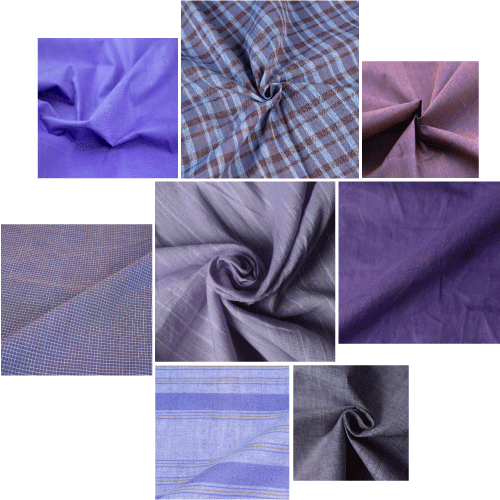
Pantone Colour of the Year for 2022 is Very Peri, a more vibrant shade of purple. Pantone forecasting, like every year, is a major factor influencing the trend and textile for interior decor is no exception. Designers are leaning towards this shade and incorporating them in homeware textiles.
And if this hue feels a little too vibrant, then alternatives like lilac can be a great option too. These colours have a cheerful vibe to them and will help add a fun element to your home. This, in turn, will help create a lively and uplifting aesthetic which is what the trend this year is very much revolving around.
2. HEALTHY & INNOVATIVE FABRIC
After having to experience the pandemic, people prioritise health now more than ever before. They are leaning more towards fabrics that are healthy for them as well as the environment. These are safe fabrics which will not harm the skin or the environment in any way.
Designers and consumers alike are going to be choosing natural and renewable fabrics for their homes over man-made ones which release harmful substances into the environment as they are made of synthetic and chemical materials which are non-biodegradable.
Even manufacturers are stepping up to create & innovate more sustainable and wellness textiles. Natural fabrics like Organic Cotton, Linen, thickly handwoven textiles are going to trend this year. Anuprerna has created a more sustainable option to Khadi as well as Organic Khadi, in the form of Organic Khadi.

3. COMFY AND COSY FABRICS
This year, the voluminous comfy fabric will be very much in trend for interiors designers. Cosy and bulky textiles in all kinds of volumes emphasize cosiness and a homely, warm feeling.
Such fabrics also offer great tactile and visual textures which are reassuring and provide a sense of security and comfort. Thick fabric for curtains or thick fabric for cushion covers is a great way to add texture to your house.
In fact, various weights and textures of fabric can be paired together to create an interesting aesthetic and can be implemented in the form of placemats, rugs, sofa throws, coasters, table runners and so much more.
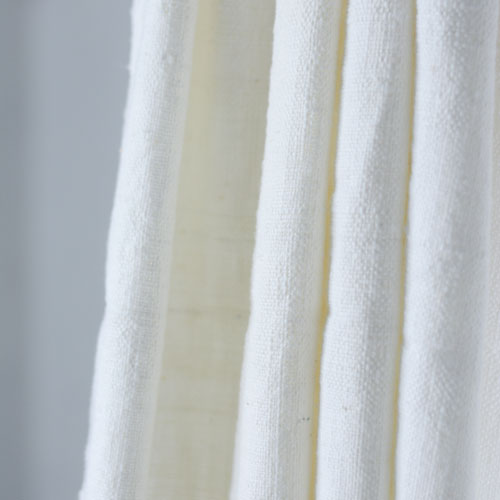
4. PRINTS

Consumers are becoming bolder in their choice of print selection and aren't shying away from colour. Many are working from home and thus spending most of their time at home. Prints thus help in escaping from the monotony. This is also the reason many people are moving away from neutral-tone palettes and choosing warm hues in the form of jewel tones, golden hues, and rust colours.
Some great examples of vibrant hue prints are the Batik, Shibori and our Screenprinted Fabric collection. Such bold visual textures and vibrancy is the much-needed stimuli people need in their stagnant & dull lifestyle brought by the pandemic.
5. GINGHAM
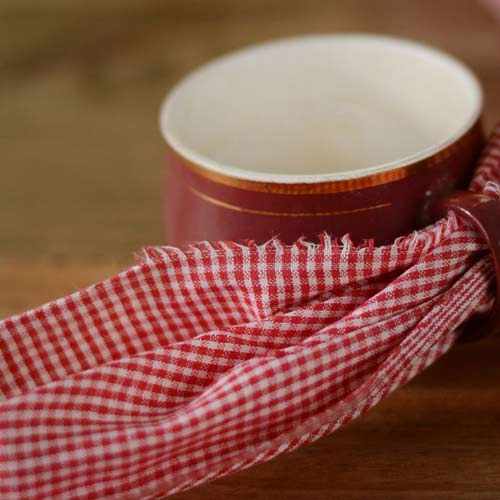
Gingham is a simple two-tone Check fabric pattern. It's a classic pattern that works well with both modern as well as traditional aesthetics.
Gingham fabric cotton is a great way of adding visual texture and nostalgia to your homes and thus more and more consumers will be leaning towards this pattern this year. As such, Gingham too creates a sense of comfort for most people.
Being two-tone, the check pattern also helps in tying together 2 colours together to create a cohesive aesthetic meanwhile also, adding visual interest.
SUMMARY
Overall, the common goal of all these trends has been to provide stimulation as well as a sense of warmth and comfort to the people in these testing times.
Keeping the new trends in mind we have just recently developed our new homeware collection. The collection is developed around farmhouse aesthetics with the use of natural Cotton Khadi and Linen fabrics in an achromatic colour scheme.
related questions
What type of home decor textile is most popular?
arrow_drop_downCotton is one of the most popular types of textiles in home decor due to its versatility, durability, and comfort.
What fabrics are best for indoor furniture?
arrow_drop_downFabrics that are best for indoor furniture include durable options like cotton, linen, polyester, and blends of these materials.
How to choose fabric for interior design?
arrow_drop_downConsider factors such as durability, style, texture, and color when choosing fabric for interior design.
What are home furnishing fabrics?
arrow_drop_downHome furnishing fabrics refer to textiles specifically designed for use in decorating and furnishing interiors. These fabrics are used for various purposes such as upholstery, curtains, drapes, bedding, cushions, tablecloths, and other decorative accents within homes.
More Blogs
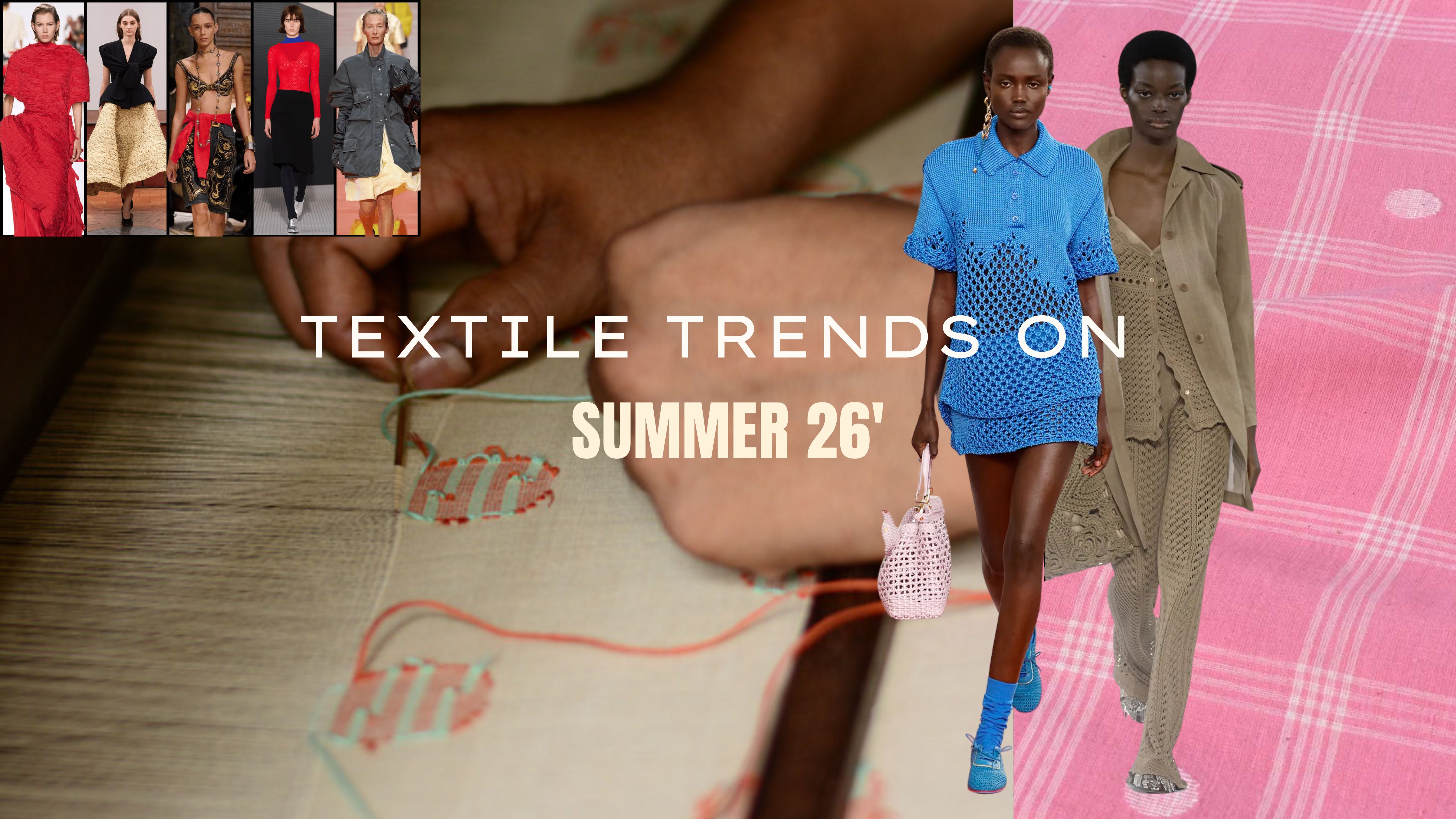
summer 2026 textile trends: the season of slow luxury
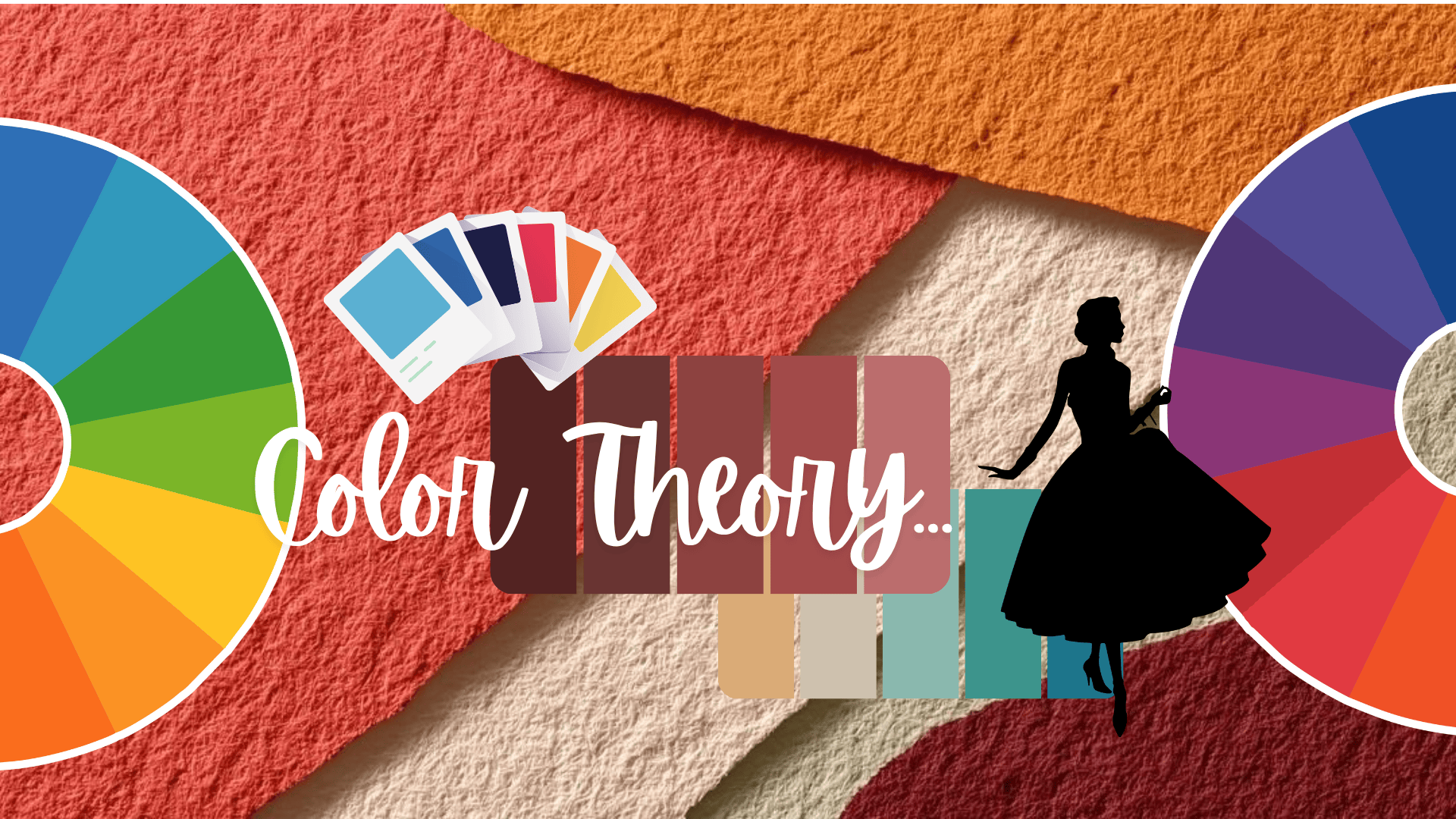
the color theory hack: instantly upgrade your style with the science of hues
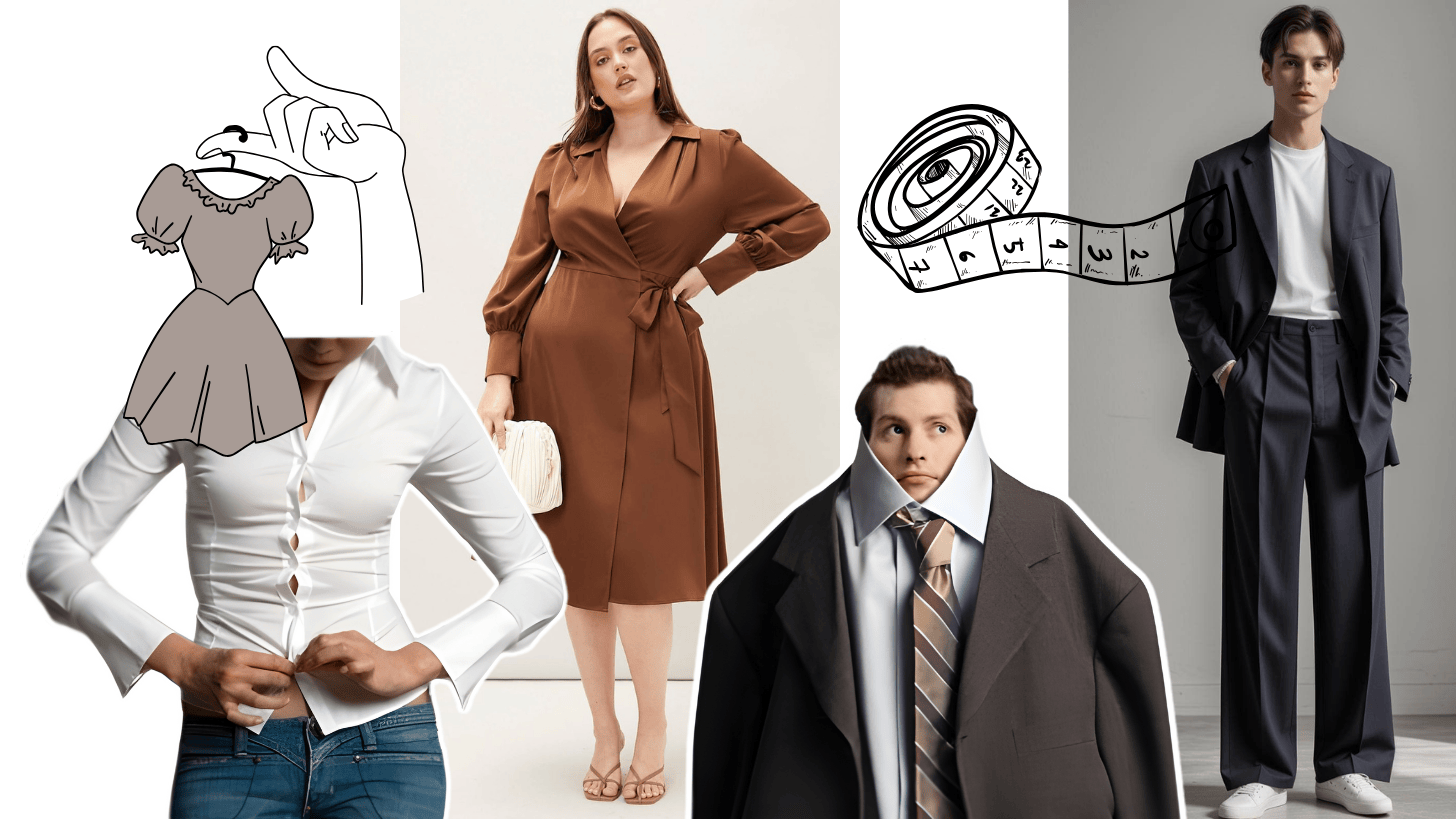
the style blueprint: 5 simple rules to improve dressing sense instantly
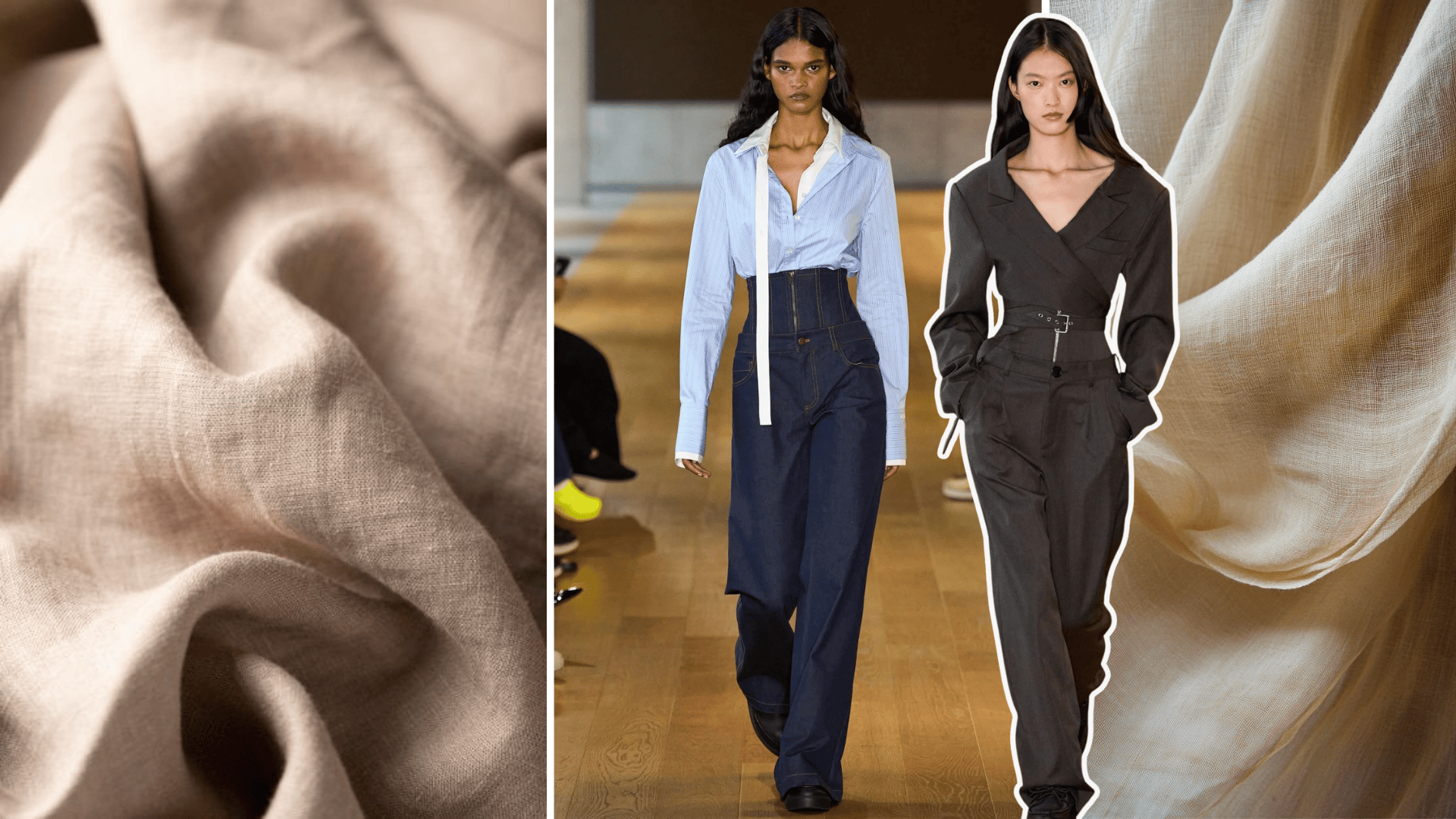
top 5 textures to watch in fashion trends 2025
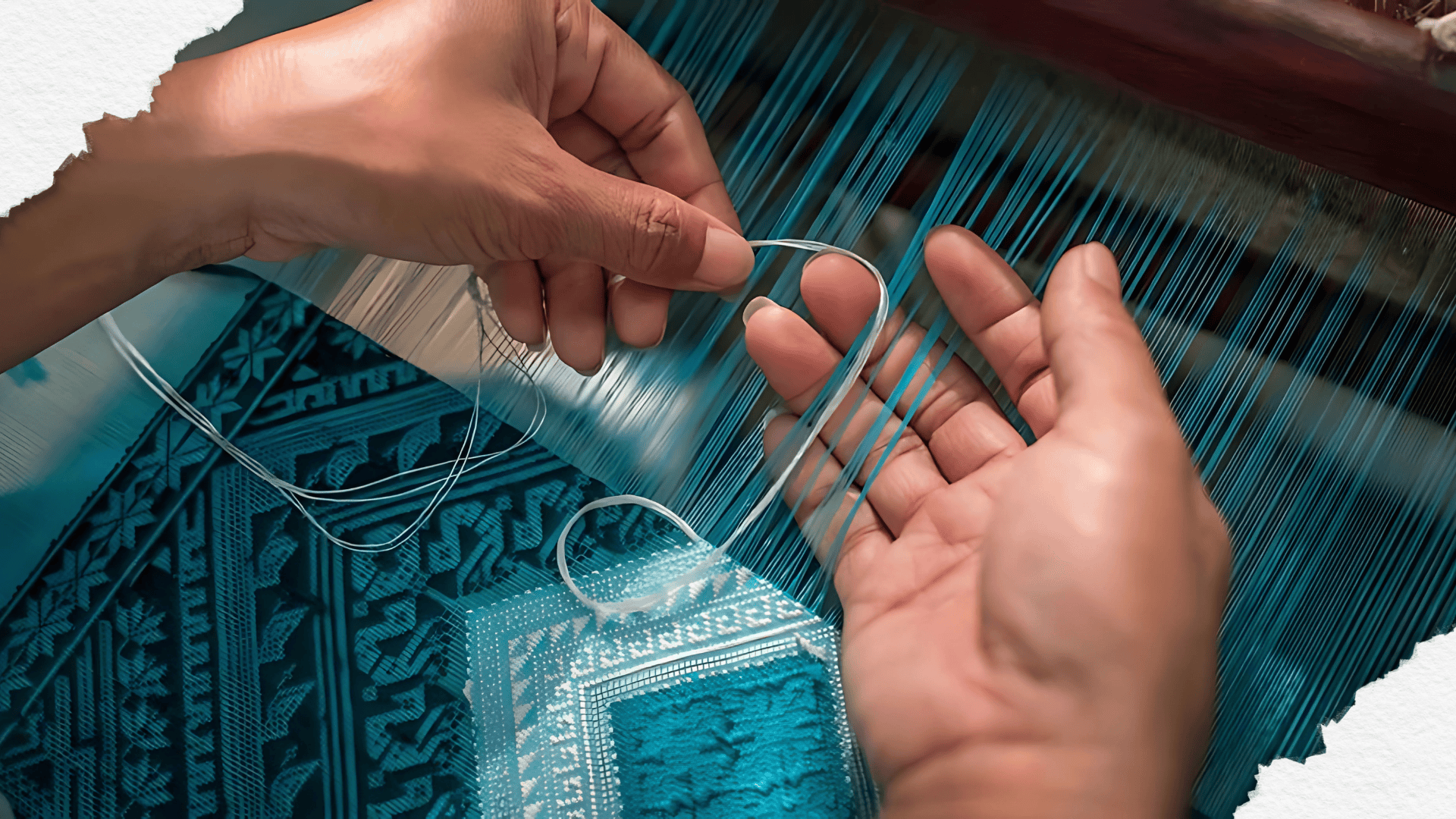
beyond borders: how fashion designers reimagine indian handloom in global fashion

5 key design elements in fashion and styling behind every great look






